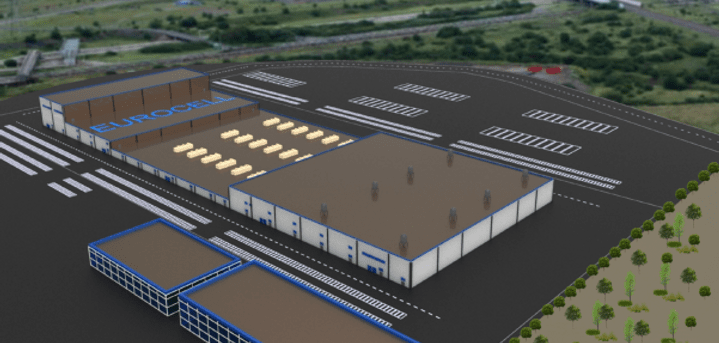Anglo-Korean battery company Eurocell is set to build its first European gigafactory, producing what it says are proven ‘production ready’ technologies in just 12 months, far faster than other gigafactories, due to having a proven battery product ready for scaled-up manufacturing.
With an initial £600m (US$817m) investment planned over two phases, the company intends to supply European energy storage, automotive and e-mobility applications, and is targeting full production capacity as early as 2025.
The company will produce its cells from one of three key markets, the UK, the Netherlands or Spain. It says it is already actively looking at sites and the final choice is heavily dependent on gaining the right level of central government support and investment.
Eurocell says that its cell technology, developed in Korea, has a technical advantage, over conventional lithium cells, lasting over 10 times longer. The cells’ wide range of operating temperatures also makes them ideally suited to a variety of applications.
Recardo Bruins, CEO Eurocell EMEA, said, “Eurocell in the UK is a new company, led by a highly experienced UK team and backed by our South Korean partner with decades of experience in electro-chemistry, making batteries at mass-scale and building the Gigafactories to produce them. Now we are planning to rapidly expand in Europe, supplying the energy storage and automotive industries with our market-leading technologies that last longer, perform better and are 100% safe. These products can be on the market in months, not years.
“To fulfil our mission, we are actively seeking a European manufacturing base and are in advanced discussions with sites in the UK, Netherlands and Spain. With the right level of central engagement and support we are keen to take advantage of the rapidly growing European market as quickly as possible.”
Eurocell intends to construct its new factory in two phases. The first phase will begin producing advanced battery cells at scale by early 2023. In parallel, a bespoke facility will be constructed on the same site, capable of producing in excess of 40 million cells per year by 2025.


